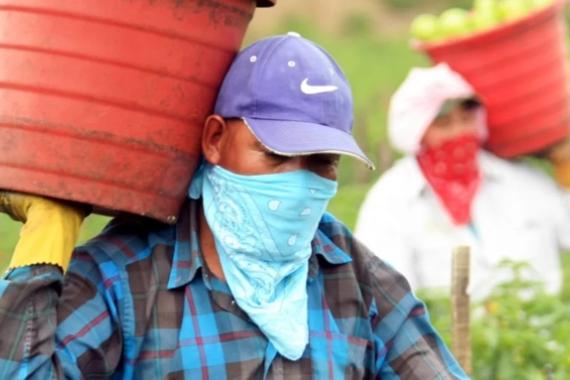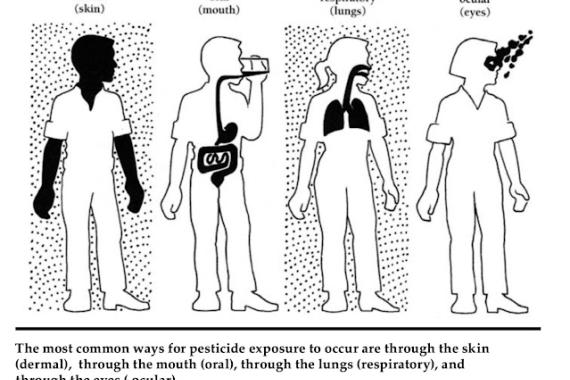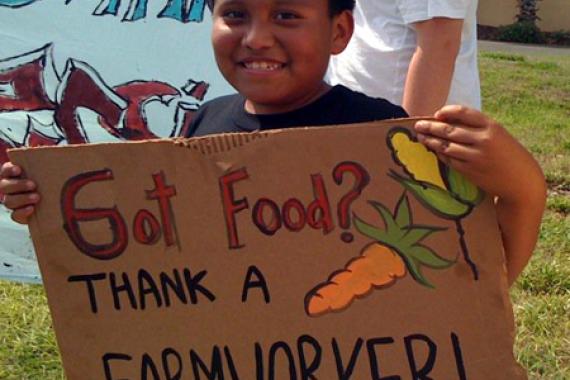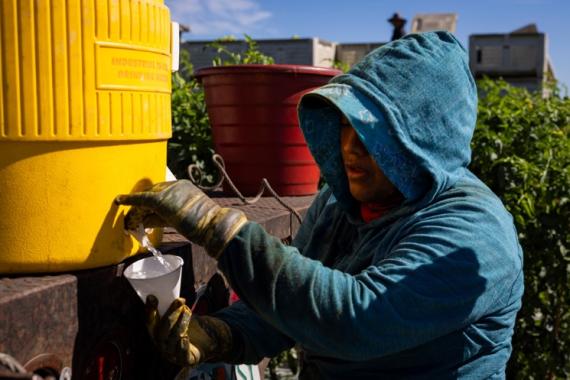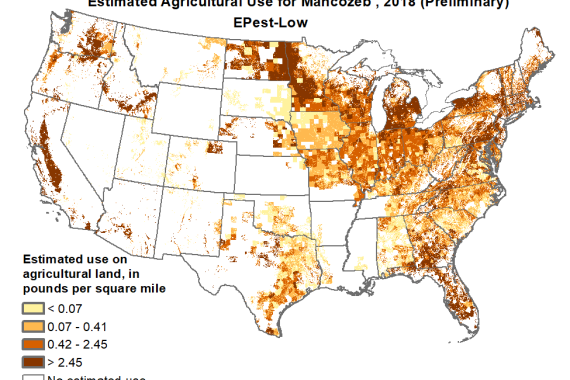Health Impact of Environmental and Socioeconomic Stressors on Children in Agricultural Counties of Florida
Objective
The project aims to analyze the health impacts of environmental and non-environmental stressors on children aged 6-12 living in agricultural counties in Florida. By integrating diverse data sources, including electronic health records (EHR) from OneFlorida Data Trust, medical claims, and social and occupational characteristics related to health, the project seeks to develop a cumulative impact
assessment that can inform targeted interventions or solutions to possible threats.
Research Significance
Our research focuses on understanding how a combination of chemical and non-chemical stressors affects children’s health in rural and agricultural settings. The project builds on the public health exposome framework, incorporating multiple levels of data, from biophysical to socio-economic factors, to assess cumulative risks. This approach will allow for a comprehensive evaluation of various environmental exposures that are often underrepresented in existing national and regional risk assessments, such as the CDC ASTDR Environmental Justice Index and EPA’s EJSCREEN 2.0.
Interactive Project Story Map
Explore our comprehensive visual journey through Florida’s agricultural counties and their impact on children’s health through our interactive Story Map. This engaging presentation combines maps, data visualizations, and narrative content to illustrate the environmental and socioeconomic factors affecting children aged 6-12 in rural communities. The Story Map offers an intuitive way to understand our research findings and the complex relationships between various health stressors in these regions.
Key Research Areas
Chemical Stressors
- Particulate Matter (PM2.5) exposure
- Private well water contamination by pesticides such as chlorpyrifos and Bifenthrin
- Outdoor heat exposure and its health impacts
Non-Chemical Stressors
- Adverse Childhood Experiences (ACEs), including household adversity, maltreatment, and local crime rates
- Unsafe housing stock, food insecurity, limited employment
Approach
Data Integration and Analysis
The project leverages data from the OneFlorida+ Data Trust, which contains extensive health records, medical claims, and demographic data for over 19 million patients in Florida. We will use machine learning and advanced statistical methods to:
- Map and assess exposure to chemical and non-chemical stressors in children's environments
- Evaluate the association between these exposures and health outcomes among children
- Identify patterns of cumulative risk factors associated with variability in children's health outcomes in rural and agricultural settings
Health Outcome Focus
The primary health outcomes under investigation include:
- Respiratory conditions (e.g., asthma, bronchitis)
- Neurodevelopmental and behavioral conditions (e.g., ADHD, ASD)
- Obesity and other metabolic disorders
- Mortality rates associated with environmental exposures
Data Sources and methodology
- Chemical/Biophysical Environment Data: Data on air, water, and land quality from EPA, USGS, and other agencies
- Social Environment Data: Data reflecting common health correlates like education attainment of householders, home ownership, and crime rates from CDC, U.S. Census, and other public data repositories
- Health Data: EHR data from the OneFlorida+ Data Trust, covering diverse health conditions, demographics, and exposure records


